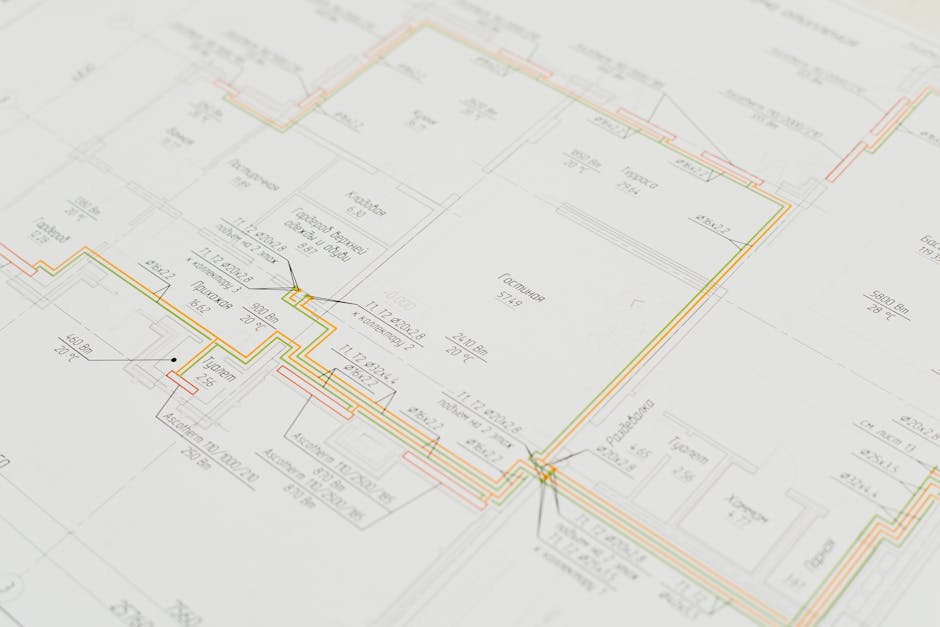Maximizing Efficiency: The Ultimate Guide to Office Space Optimization
“This comprehensive guide explores the importance of office space optimization in today's evolving work environment. Learn about key strategies, technologies, and best practices to create an efficient, cost-effective, and employee-friendly workspace that adapts to the needs of modern businesses. ”

Maximizing Efficiency: The Ultimate Guide to Office Space Optimization
In today's dynamic business landscape, the concept of office space is evolving rapidly. With the rise of flexible work arrangements and the need for cost-effective solutions, space optimization has become a critical focus for organizations of all sizes. This comprehensive guide will explore the importance of office space optimization and provide strategies to create an efficient, productive, and employee-friendly workspace.

Understanding Space Optimization
Space optimization refers to the efficient use of physical workspace to maximize utility, productivity, and cost-effectiveness. It involves making informed decisions about layout, furniture, and technology to create an environment that supports various work styles and activities.
The Benefits of Space Optimization
- Cost Savings: By efficiently utilizing available space, companies can reduce real estate costs and overhead expenses.
- Improved Productivity: A well-designed workspace can enhance employee focus and collaboration, leading to increased productivity.
- Enhanced Employee Experience: Optimized spaces can improve comfort, well-being, and job satisfaction among employees.
- Flexibility: Optimized spaces can easily adapt to changing business needs and work patterns.
Assessing Your Current Office Space
Before implementing optimization strategies, it's crucial to evaluate your existing space utilization. This assessment will help identify inefficiencies and opportunities for improvement.
Key Steps in Space Assessment:
- Review Space Utilization Rate: Calculate the number of employees in a particular space divided by the capacity of that space.
- Conduct Employee Surveys: Gather feedback from employees about their workspace needs and preferences.
- Analyze Traffic Patterns: Observe how people move through the office to identify bottlenecks or underutilized areas.

6 Effective Space Optimization Strategies
-
Flexible Workstations: Implement hot desking or activity-based working to accommodate different work styles and schedules.
-
Open vs. Private Spaces: Strike a balance between collaborative open areas and quiet spaces for focused work.
-
Ergonomic Design: Invest in comfortable, adjustable furniture to promote employee well-being and productivity.
-
Smart Storage Solutions: Utilize vertical space and implement digital document management to reduce physical storage needs.
-
Technology Integration: Incorporate space management software and room scheduling systems to streamline operations.
-
Sustainable Design: Implement eco-friendly practices to reduce environmental impact and operating costs.
Leveraging Technology for Space Optimization
Modern workplace management solutions can significantly enhance your space optimization efforts. Consider implementing:
- Occupancy Sensors: To gather real-time data on space utilization.
- Space Management Software: To analyze usage patterns and make data-driven decisions.
- Digital Wayfinding: To help employees and visitors navigate the office efficiently.
Connected workplaces that leverage these technologies can provide valuable insights for continuous improvement of your space optimization strategy.
Designing for the Future of Work
As the nature of work continues to evolve, it's essential to create spaces that can adapt to future needs. Consider the following when planning your office layout:
- Flexibility: Design spaces that can be easily reconfigured for different purposes.
- Technology Infrastructure: Ensure robust connectivity to support remote collaboration and emerging technologies.
- Wellness Features: Incorporate elements that promote physical and mental well-being, such as natural light and green spaces.

Employee Involvement in Space Optimization
Involving employees in the decision-making process is crucial for successful space optimization. Consider these approaches:
- Regular Feedback Sessions: Host town halls or focus groups to gather input on workspace needs.
- Pilot Programs: Test new layouts or technologies with small groups before full implementation.
- Change Management: Communicate the benefits of space optimization and provide training on new systems or protocols.
Measuring Success and Continuous Improvement
To ensure your space optimization efforts are effective, establish key performance indicators (KPIs) and regularly assess your progress. Some metrics to consider include:
- Space utilization rates
- Employee satisfaction scores
- Energy consumption
- Operational costs
Use these insights to refine your strategies and make data-driven decisions for ongoing improvement.
Conclusion
Office space optimization is an ongoing process that requires a thoughtful approach and collaboration across various departments. By implementing the strategies outlined in this guide and leveraging modern technologies, organizations can create workspaces that are not only efficient and cost-effective but also conducive to productivity and employee well-being.
As the workplace continues to evolve, those who prioritize space optimization will be well-positioned to adapt to new challenges and opportunities in the future of work. Remember, the goal is to create a workspace that not only meets the current needs of your organization but can also flex and grow with your business in the years to come.